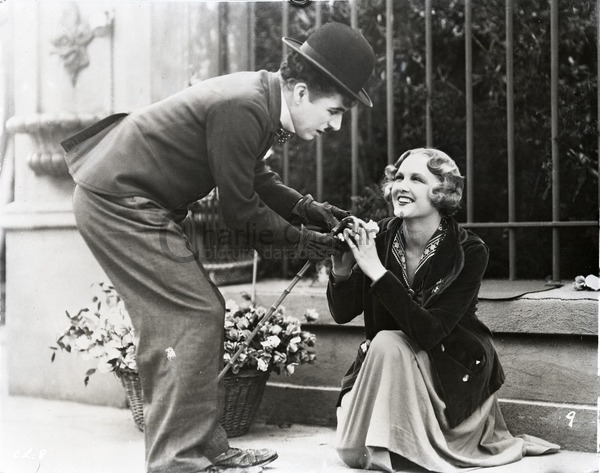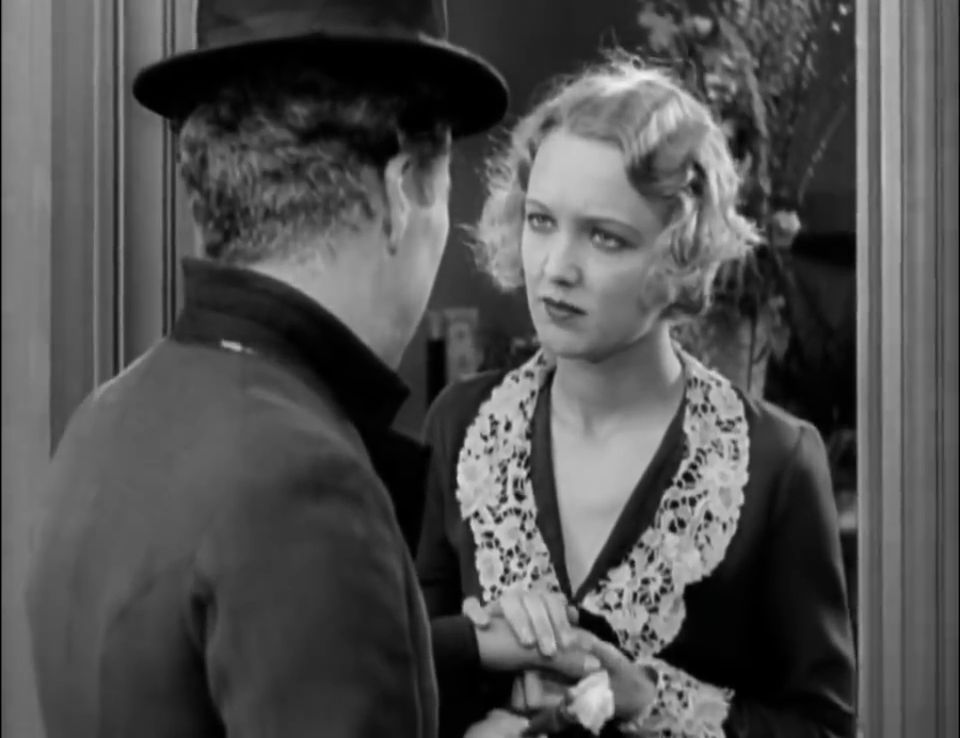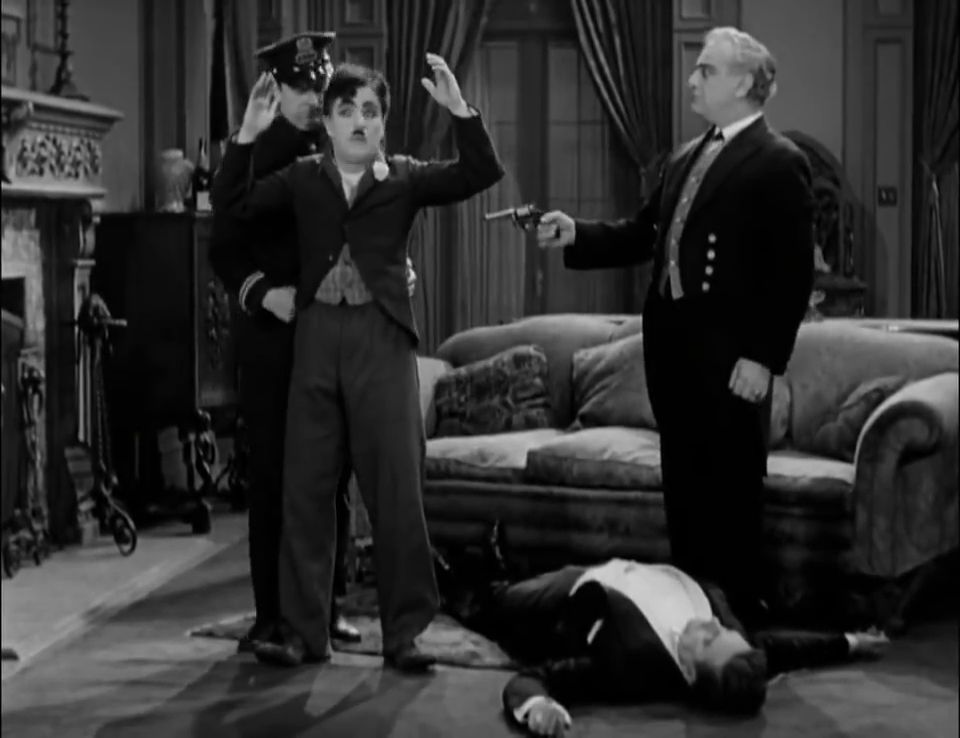If you have not seen Chaplin’s film “City Lights” then you should. It is available on home media, but it does get show, rarely but it does, in cinemas, with an audience. It is one of Chaplin’s best films, maybe his very best and appears on top lists of the best films ever made. One list has it as the 11th best American film ever. Chaplin as the tramp in this film has appeared in “The 100 Greatest Performances of all Time” lists.
A few facts. It’s a black and white film, around 87 minutes, started production in 1928 and released in 1931. The film was silent in the sense that there is no recorded dialogue, there are still intertitles but there are synchronised sound effects and music. The music was mostly written by Chaplin.
Here is a summary of the plot. There are no spoilers, even for a film nearly 100 years old:
The tramp sleeps on the streets of the city. He encounters a girl selling flowers and realises she is blind.

By an unfortunate set of sounds, a car door slamming, the girl thinks he is a rich person. The tramp falls for the girl and finds ways to get money so the girl can have a better lifestyle and, ultimately, an operation to restore her sight.

Ultimately, he finds himself in prison. When eventually he is released, months later, he returns to find the girl but she is gone.
If you want to know more, see the film. If you have seen the film, it will be clear that this was planned as a silent film from the start. Talking would destroy the poetry of many of the scenes.
A lot has been written or asked about the meaning of the film. Was the blind girl a representation of Chaplin’s real mother, the drunk his father, what city are we in and so on? Or is it just a simple tale with serious bits and funny bits and a love story at its heart?
The film has a long production history. It’s complicated. The “Unknown Chaplin” series covers much of it, the days, weeks shooting just one scene, crew and actresses being sacked and re-hired, Chaplin stuck and with no way to proceed. The DVDs for these documentaries are still available and poorer quality copies are on-line.
Some parts of the tale strain credulity. It is never explained what causes the girl’s blindness, or how the operation works, and how so quickly and without leaving any mark. The drunk’s amnesia is somewhat overdone, convenient and unbelievable, but apparently based somewhat in truth. And how had the tramp never seen the girl before?
At the start, for the unveiling of the statue, Chaplin distorts the sound, mocking sound movies and also the pomposity of the dignitaries as they reveal, well, a statue to what? The tram finds it suits his needs, as a bed.

The boxing match is wonderful and hilarious. The scenes with the drunk go on too long and are boring after a while. They are there to serve the plot, of course, but could be cut.
Since we are doing no spoilers, the final part is not mentioned here, but, of course, it is a fantastic end to a film, perhaps one of the best ends to any film.
